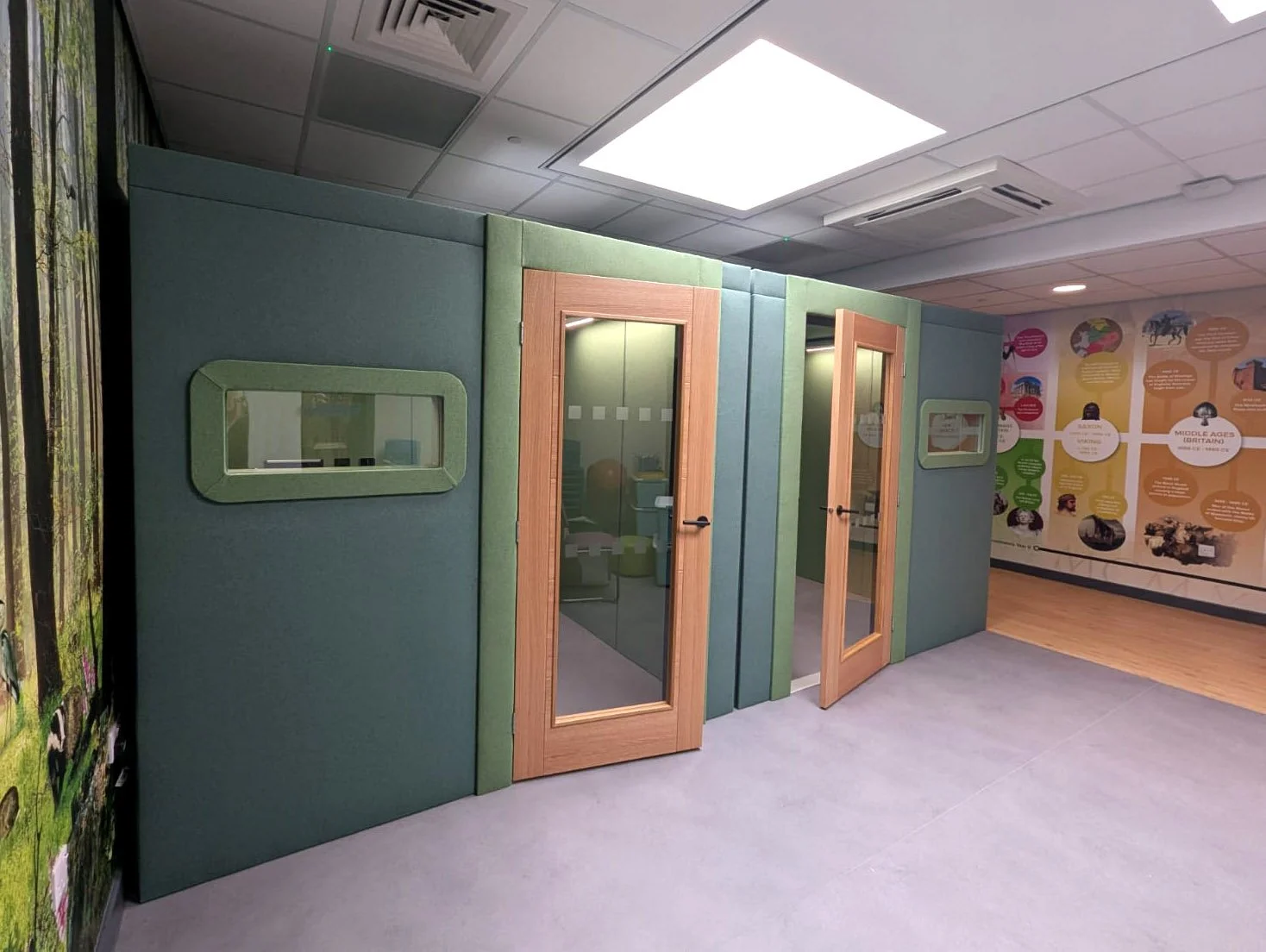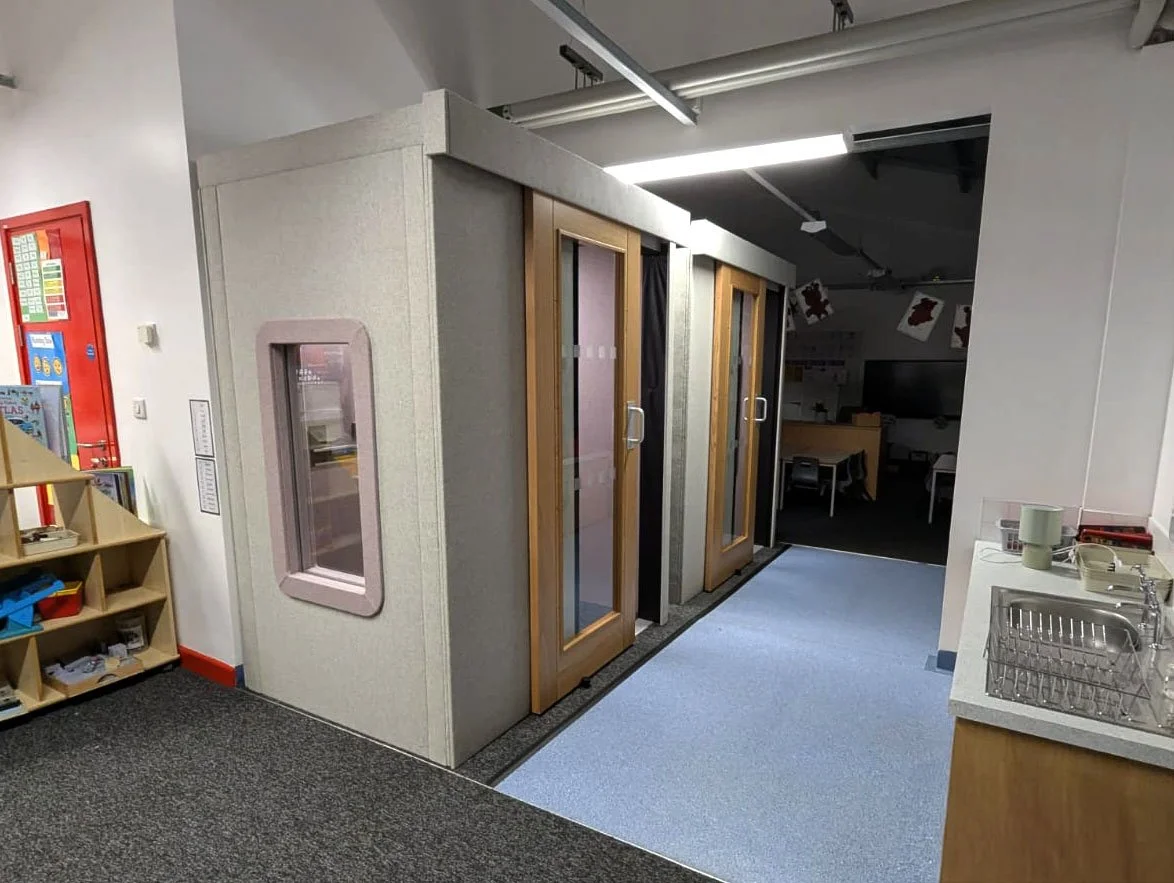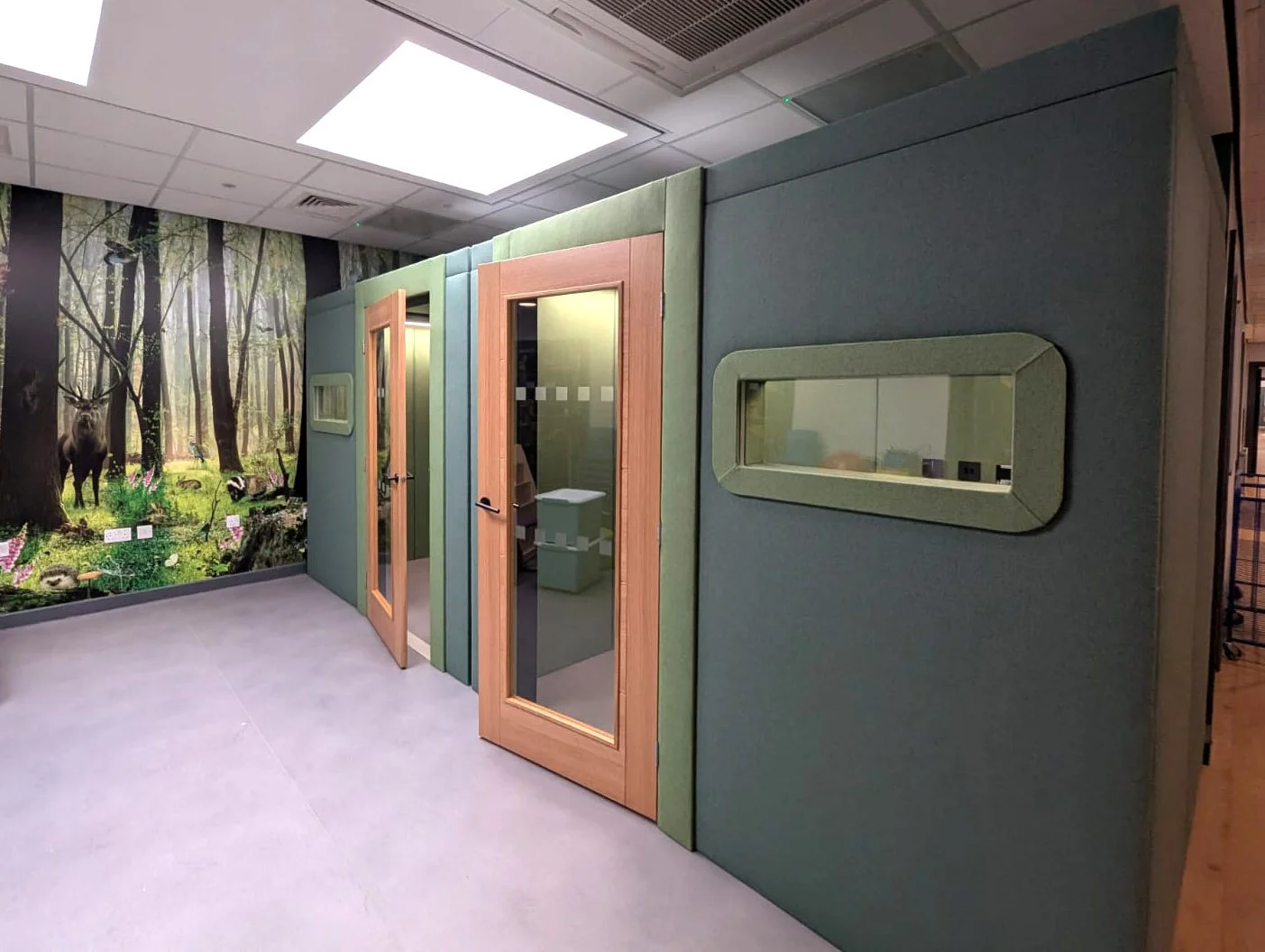Bridging the Gap: How AgileAcoustics Can Support Schools in Responding to the SEND Crisis Report
Date 14.10.2025 Author: Stuart Jones
In September 2025, the UK Parliament’s Education Committee published its report “Solving the SEND Crisis: report calls for culture shift and funding to make mainstream education genuinely inclusive.” The report is a powerful call to action: to embed inclusion in mainstream education, to invest in workforce capacity and training, and to ensure that schools are equipped to meet the needs of pupils with SEND (Special Educational Needs and Disabilities).
For many schools, the recommendations present both a challenge and an opportunity. At AgileAcoustics, our mission is to help educational settings embed inclusive practices through better use of acoustics, technology, and evidence-based strategies. In this blog, I explore how AgileAcoustics can help schools align with—and make concrete progress toward—the aims of the SEND report.
Key Challenges from the Report & Where Schools Struggle
Inclusion needs to be intrinsic, not an add-on. SEND should be part of every school’s DNA, rather than a niche responsibility.
Training for staff at all levels. Teachers, leaders, and support staff must have ongoing professional development on inclusive pedagogy and SEND.
Early identification and intervention. The sooner needs are spotted and addressed, the better the outcomes.
Better integration between services. Education, health, and social care must collaborate more closely.
Sustainable and equitable funding. Existing funding models are outdated and inadequate.
Workforce shortages in allied services. There are significant gaps in speech & language therapy, educational psychology, and occupational therapy.
Many schools already feel the strain: in a recent survey, 98% of school leaders reported lacking the resources to meet SEND pupils’ needs.
Given these systemic pressures, it’s vital for schools to take proactive steps — and that’s where AgileAcoustics can play a supporting role.
How AgileAcoustics Supports Schools in the SEND Context
1. Acoustic Audits & Environmental Design for Inclusivity
Many children with SEND (especially those with auditory processing difficulties, sensory sensitivities, or communication needs) are particularly vulnerable to poor acoustic environments. Classrooms with high noise levels or excessive reverberation can exacerbate exclusion and hinder learning.
What AgileAcoustics offers:
Acoustic assessments of classrooms, hallways, and multipurpose spaces.
Design and installation of Class-A acoustic panels and sound-insulating solutions.
Advice on assistive audio systems and sound clarity improvements.
By improving listening conditions, schools can reduce barriers for students with hearing, attention, or sensory needs — helping inclusion happen day to day.
2. Training & Capacity Building in Inclusive Acoustics
The report calls for continuous professional development (CPD) on SEND for all staff. AgileAcoustics helps by delivering CPD workshops on “Acoustics for Inclusion”, covering:
How noise affects learning and communication
Recognising when students struggle due to poor sound environments
Practical steps to optimise classroom layout and noise control
3. Data‑Driven Diagnostics & Tailored Solutions
The report emphasises evidence-based, localised responses rather than one-size-fits-all solutions.
AgileAcoustics uses sound level measurements, student feedback, and custom improvement plans to:
Identify priority areas
Develop phased improvement strategies
Measure and report on outcomes
This ensures that limited budgets deliver the greatest impact.
Aligning Our Work with the SEND Report’s Vision
SEND Report Recommendation
Make SEND intrinsic to mainstream education
Upskill all staff with SEND CPD
Early identification and intervention
National standards & accountability
Integrate education and health services
Equitable capital investment
4. Supporting Universal Design for Learning (UDL)
The SEND report urges that inclusion be universal rather than reserved for specialist settings. AgileAcoustics promotes Universal Design principles, ensuring every child benefits from improved acoustics and flexible learning spaces.
We help design transition rooms and sensory-safe zones with low reverberation and calming environments to support emotional regulation and focus.
5. Collaboration Across Services & Stakeholders
We support schools to work collaboratively with health and social care teams by:
Facilitating multi-agency acoustic assessments
Providing technical evidence for EHCP discussions or capital bids
Aligning improvements with broader inclusion and sustainability goals
How AgileAcoustics Supports It
Embed acoustic and inclusion thinking across all learning environments.
Deliver training on acoustics and inclusion for all staff.
Use acoustic audits to highlight environmental barriers early.
Provide measurable data and benchmarking tools.
Facilitate joined-up working through shared assessments.
Prioritise acoustics as part of inclusive infrastructure.
Practical Steps for Schools
Commission an acoustic audit of key learning spaces.
Run a staff workshop on acoustics and inclusion.
Pilot low-cost improvements in one or two rooms.
Gather student and teacher feedback pre- and post-works.
Use data to build a business case for further investment.
Embed acoustic standards in future refurbishments or builds.
Conclusion
The Solving the SEND Crisis report is a wake‑up call to rethink inclusion in mainstream education. At AgileAcoustics, we believe the acoustic environment is a key piece of that puzzle. By improving soundscapes, training staff, and applying evidence-led design, we can help schools make inclusive learning not just an aspiration, but a lived reality.
If your school or MAT would like to explore how acoustic improvements can support SEND inclusion, get in touch — we’d love to help translate the report’s vision into action.







